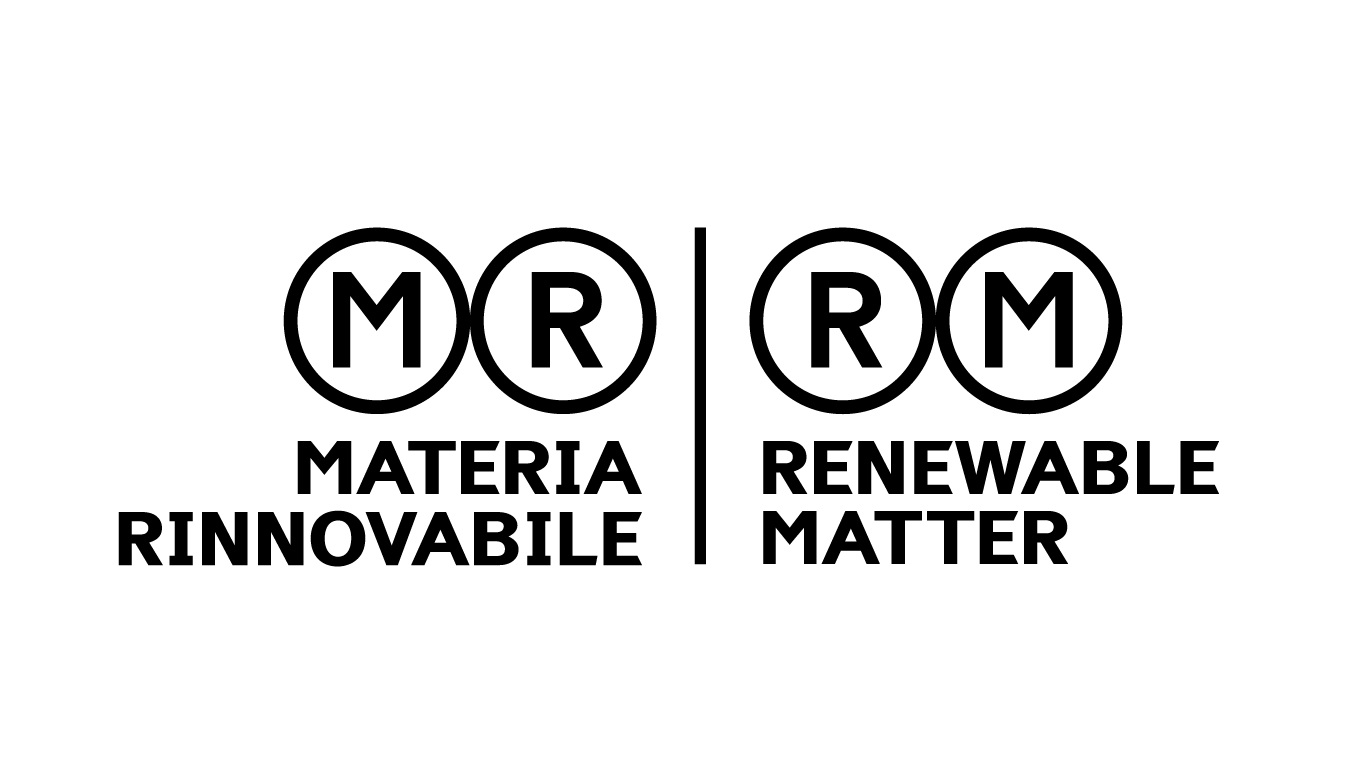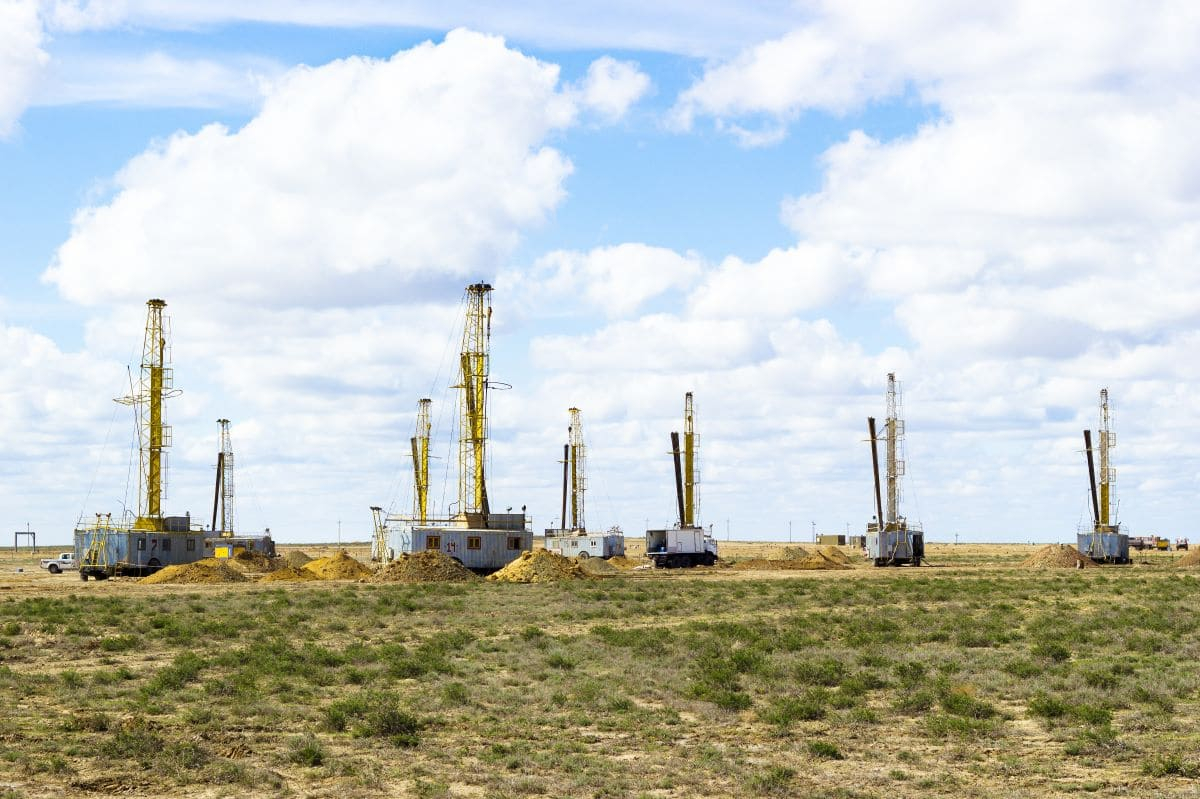This article is also available in Italian / Questo articolo è disponibile anche in italiano
Whether one likes it or not, nuclear fission power plays a central role in the global decarboniSation pathway. According to the Net Zero Road Map outlined by the International Energy Agency (IEA), to contain anthropogenic global warming within the 1.5° C threshold, nuclear capacity will have to double by 2050.
Fission energy is obtained by separating, via a neutron, the nucleus of a heavy atom such as uranium into two lighter nuclei that release heat by discharging more neutrons. In a nuclear reactor, this process sets off a chain reaction that produces energy in a continuous and steady manner. It is considered a low-carbon energy resource, as it does not involve the consumption of fossil fuels. However, it is not renewable because uranium is a finite radioactive element extracted from underground.
According to the World Nuclear Association, demand for nuclear fuel will increase 28% by 2030, exceeding 80,000 tonnes. But where to find it? Currently, almost half (about 21,000 tonnes per year) is mined in Kazakhstan, the global leader in the industry. Then there are Canada, Australia, and Namibia, which share smaller production quotas.
Radioactive Kazakhstan
Oil, gas, and strategic metals such as uranium: Kazakhstan's natural resources can help transform the former Soviet republic into an energy hub with great economic potential. President Qasym-Jomart Toqaev, who held a controversial referendum to build the first post-Soviet nuclear power plant, is well aware of this. Silencing dissent and dodging past nuclear traumas, 70% of Kazakhs said yes on the 6th of October, 2024. China, France, Russia, and South Korea have already tapped the door with bids to enter a project expected to cost around 12 million dollars.
In order to generate cheap electricity, Astana wants to replace coal − a polluting and unreliable source − with nuclear reactors. Although considered “clean” energy due to its low climate-altering emissions, fission power, when assessing its entire life cycle, causes enormous environmental and health impacts.
Extensive areas of Kazakhstan, including some used as nuclear test sites during Soviet times, are severely contaminated with radioactive waste that poisons the environment and people. “The waste generated by nuclear testing and mining has accumulated to 237 million tonnes of radioactive waste, and we know for a fact that the storage infrastructure is not 100 percent safe,” Kaisha Atakhanova, a biologist and activist who has been advocating for more control over radioactive waste for years, tells Renewable Matter. “The uranium decay process is costly to manage and can take tens of thousands of years.”
The contaminated territories are split between North and South, namely between the northern regions that host most of the radioactive waste storage facilities and Turkestan, the land of mines and deposits. The steps at risk of contamination are various: from the traditional open-pit mining process to transportation to ore milling and processing facilities, all the way to storage of radioactive and non-radioactive mining waste.
“The extraction of one tonne of uranium requires processing between 100 and 10,000 tonnes of ore, which leaves toxic residues such as thorium and radium, an odorless gas considered highly dangerous to human health,” Atakhanova explains. “We can hardly refer to it as clean energy. People forget that nuclear power plants represent only one stage of the nuclear fuel life cycle.” Atakhanova, head of the NGO Social EcoFund, makes an apology to future generations when considering the millions of tonnes of radioactive waste they will inherit. A burden created in Soviet times and never solved. Rather, destined to increase as demand for nuclear energy grows.
To reduce impacts, by now since 1998, much of Kazakhstan's mining industry has employed a mining technique called in situ leaching. Advertised as less invasive, cheaper, and eco-friendly, the method involves injecting chemical solutions underground to dissolve uranium from the ore. The uranium-enriched solution is then pumped to the surface.
However, as several scientific studies point out (such as one conducted in 2023 by the Institute of Radiobiology and Radiation Protection at Astana University), this is a potentially very polluting technology for both the environment and human health. During injection, wells are supposed to be sealed to avoid groundwater and soil contamination. However, the health consequences for those living near mining sites show another reality: the penetration of sulfuric acid, nitrates, and radionuclides such as uranium and other radioactive isotopes into the soil is not uncommon. These substances can enter the human body by inhalation, by mouth, and through the skin, damaging various organs, the reproductive system, the lungs, and the nervous system.
Uranium enrichment: Russia's domination
After uranium is mined and processed, it must go through an enrichment process that will turn it into a nuclear fuel. Almost half of the overall refining capacity, 44%, is controlled by Russia, which has always been an influential (and meddlesome) trading partner in Kazakhstan's mining operations. Today, the Astana-Moscow axis handles a large part of the Western nuclear supply.
Europe purchased 686 million euros worth of Russian nuclear fuel in 2023, more than double the amount in 2022, according to an analysis by the investigative think-tank Bellona. The US shopping list touched 1.2 billion dollars last year, a 40% increase in import volume. However, escalating geopolitical tensions triggered by the Russian invasion of Ukraine could quickly change these routes. In response to Washington's restrictions on Russian raw uranium, Putin has responded by banning the export of enriched uranium. No sanctions yet, however, planned by Brussels, which appears to want to cut ties with Moscow in the vein of what happened with fossil sources.
“The speed with which European companies will be able to expand their enrichment capabilities is an important factor in determining the supply chain over the next five to ten years,” explains Alexander Nikitin, nuclear advisor at Bellona. The Czech Republic, Slovakia, Hungary, Bulgaria, and Finland are the countries most connected to Russian fuel and technology. According to Nikitin, there are no technological impediments; it will be crucial to figure out the timeline by which US company Westinghouse can produce fuel for Soviet-designed reactors still operating in Europe.
But in addition to increasing refining capacity, the West will be increasingly desperate for raw materials. And despite Australia's mining potential and France's interest in some of Kazakhstan's rich deposits, Russia's geographic and economic clout remains significant. This is evidenced by the fact that the Kazakh state-owned company Kazatomprom has signed several joint ventures with the Russian company Uranium One, which owns several property stakes in six deposits.
DOWLOAD AND READ THE NEW ISSUE OF RENEWABLE MATTER: MATERIALS
Image: Shutterstock



